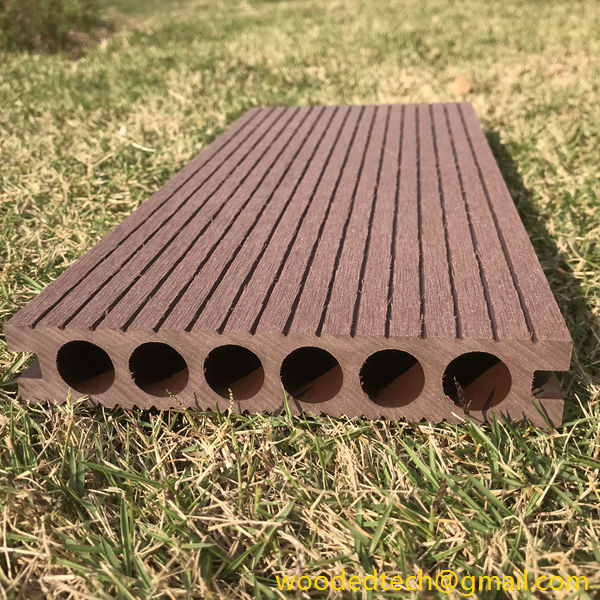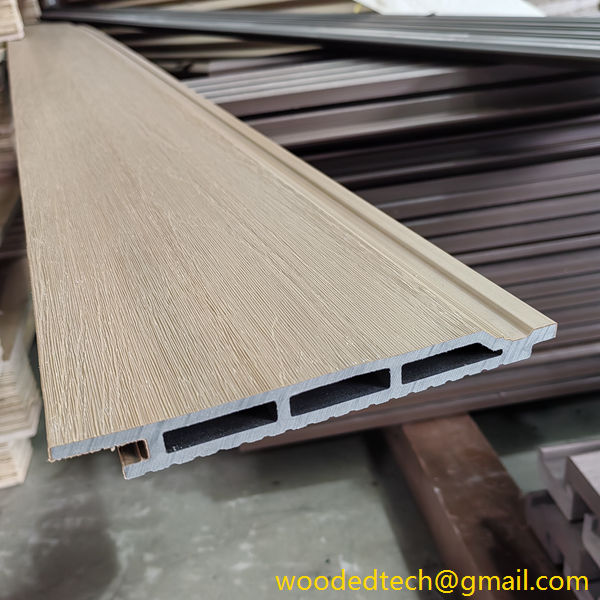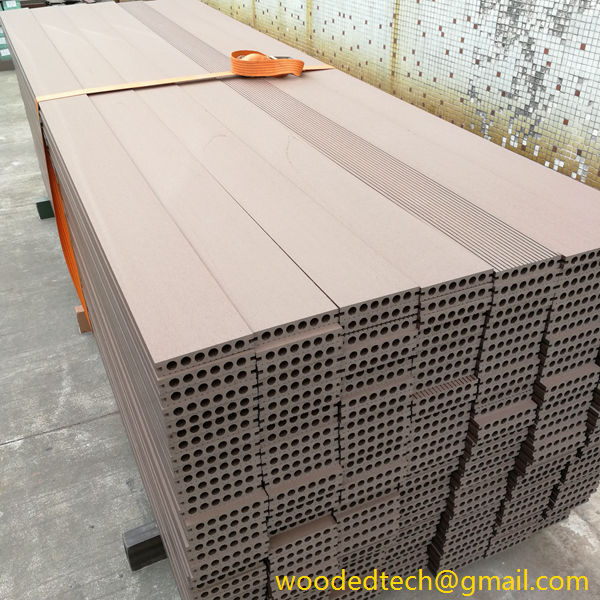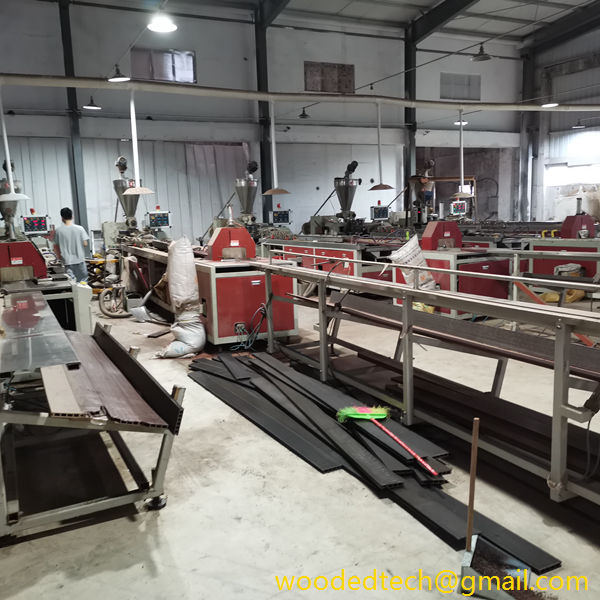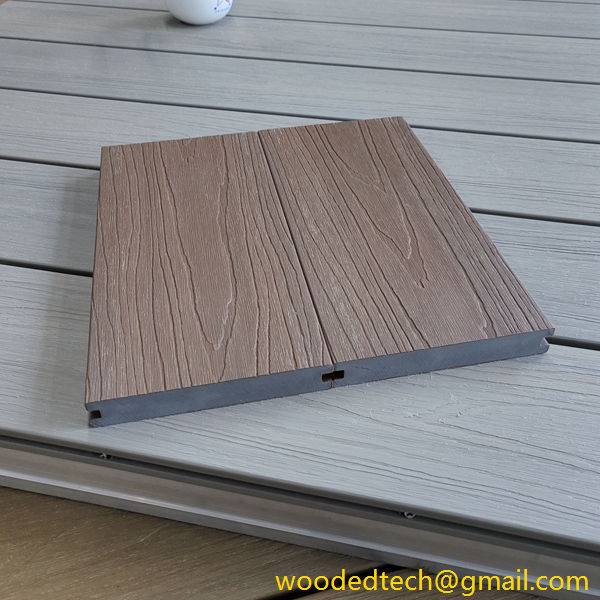WPC Panel for Exterior Use in All Weather
Wood Plastic Composites, commonly known as WPC, have gained significant popularity in recent years as a versatile building material, particularly for exterior applications. The production process of WPC panels involves a unique blend of wood fibers and thermoplastics, which results in a material that combines the aesthetic appeal of wood with the durability of plastic. This article delves into the manufacturing process of WPC panels, focusing on their suitability for all-weather use.
The first step in the production of WPC panels is the selection of raw materials. The wood fibers used in WPC are typically sourced from recycled wood products, wood shavings, or sawdust. This not only contributes to sustainability but also enhances the material’s environmental appeal. The thermoplastic component is usually made from high-density polyethylene or polyvinyl chloride, which provides the necessary strength and resistance to moisture. The careful selection and combination of these materials are crucial, as they directly influence the final properties of the WPC panels.
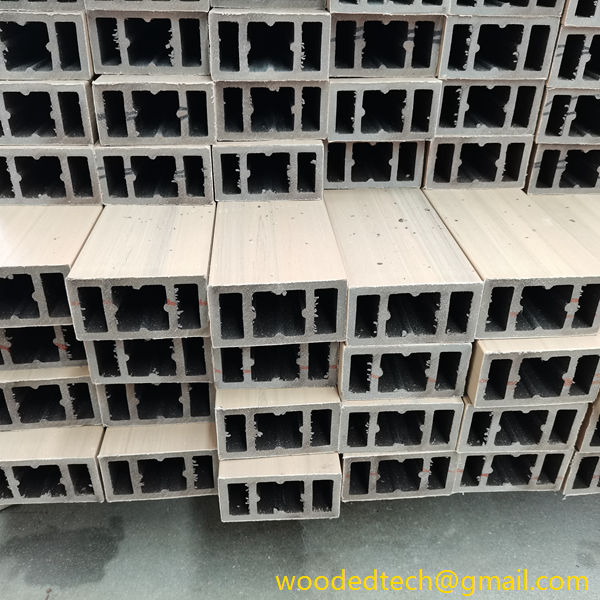
Once the raw materials are gathered, they undergo a drying process to reduce their moisture content. This step is vital because excessive moisture can lead to poor adhesion between the wood fibers and the plastic, ultimately compromising the durability and performance of the final product. The dried wood fibers are then combined with the thermoplastic material in a specific ratio. This ratio can vary depending on the desired characteristics of the final product. For instance, a higher wood content may enhance the aesthetic appeal, while a higher plastic content can improve weather resistance.
After the materials have been mixed, they are subjected to a process called extrusion. During extrusion, the mixture is heated and forced through a die to form continuous WPC panels. This method allows for precise control over the dimensions and surface finish of the panels. The extrusion process also ensures that the wood fibers are evenly distributed within the thermoplastic matrix, which is essential for achieving uniform performance characteristics across the entire panel.
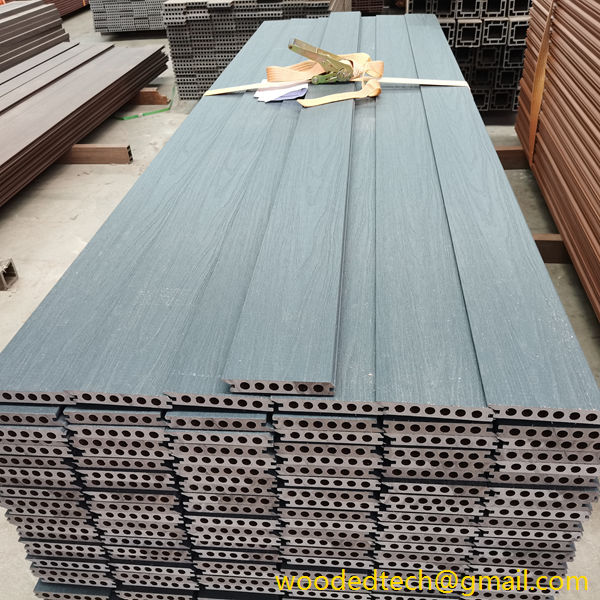
As the panels emerge from the extruder, they undergo a cooling process to solidify the material. This cooling phase is critical, as it helps retain the shape and prevents warping or distortion. Once cooled, the panels can be cut to size and subjected to additional treatments, such as surface texturing or coloring, to enhance their visual appeal. Various surface finishes can be applied, allowing manufacturers to create a wide range of designs that mimic the look of natural wood.
One of the key advantages of WPC panels is their ability to withstand harsh weather conditions. The thermoplastic component provides excellent resistance to moisture, preventing issues such as swelling, cracking, or rotting that are common in traditional wood materials. Additionally, WPC panels are resistant to UV radiation, which helps maintain their color and structural integrity over time. This durability makes them an ideal choice for outdoor applications, including decking, fencing, and siding.
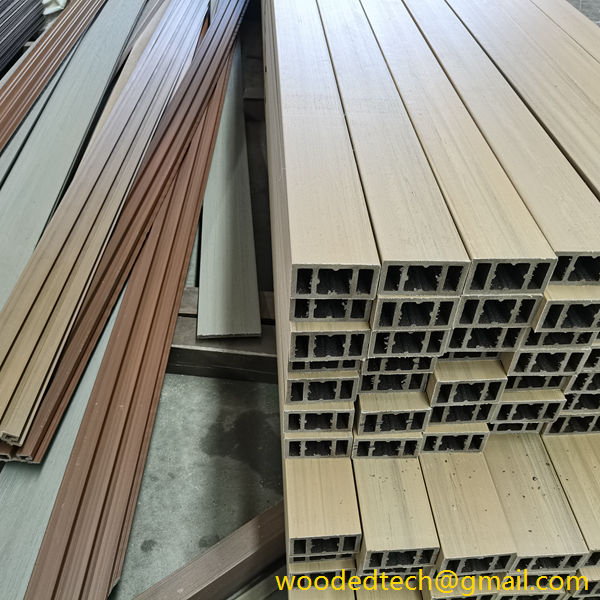
Moreover, the production process of WPC panels can be tailored to meet specific performance requirements. For instance, additives can be incorporated into the formulation to enhance fire resistance, anti-fungal properties, or impact resistance. These innovations further expand the range of applications for WPC panels, making them suitable for use in various environments, from coastal areas with high humidity to arid regions with extreme temperatures.
In terms of maintenance, WPC panels offer significant advantages over traditional wood products. They require minimal upkeep and are easy to clean, as they do not absorb moisture or promote the growth of mold and mildew. This low maintenance requirement is particularly appealing to homeowners and builders alike, as it translates to long-term cost savings.
In conclusion, the manufacturing process of Wood Plastic Composite panels is a sophisticated blend of material science and engineering. By combining recycled wood fibers with durable thermoplastics, manufacturers produce a versatile building material that is well-suited for all-weather exterior applications. The extrusion process ensures consistent quality and performance, while the ability to customize formulations allows for a wide range of applications. As the demand for sustainable and low-maintenance building materials continues to rise, WPC panels are poised to play an increasingly important role in the construction industry. Their unique properties not only enhance the aesthetic appeal of outdoor spaces but also provide long-lasting performance in various environmental conditions.

